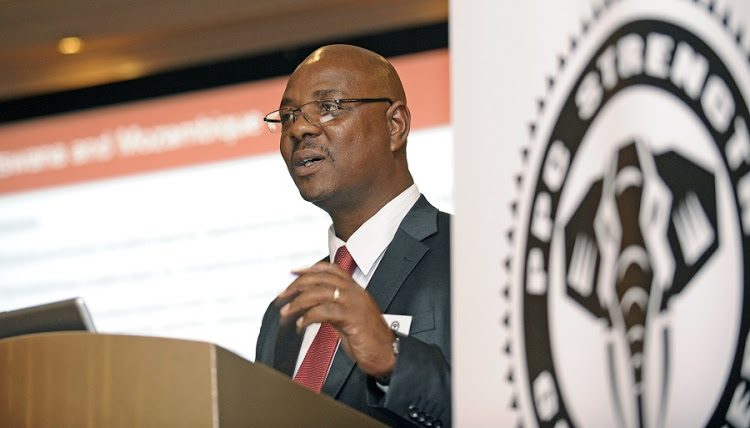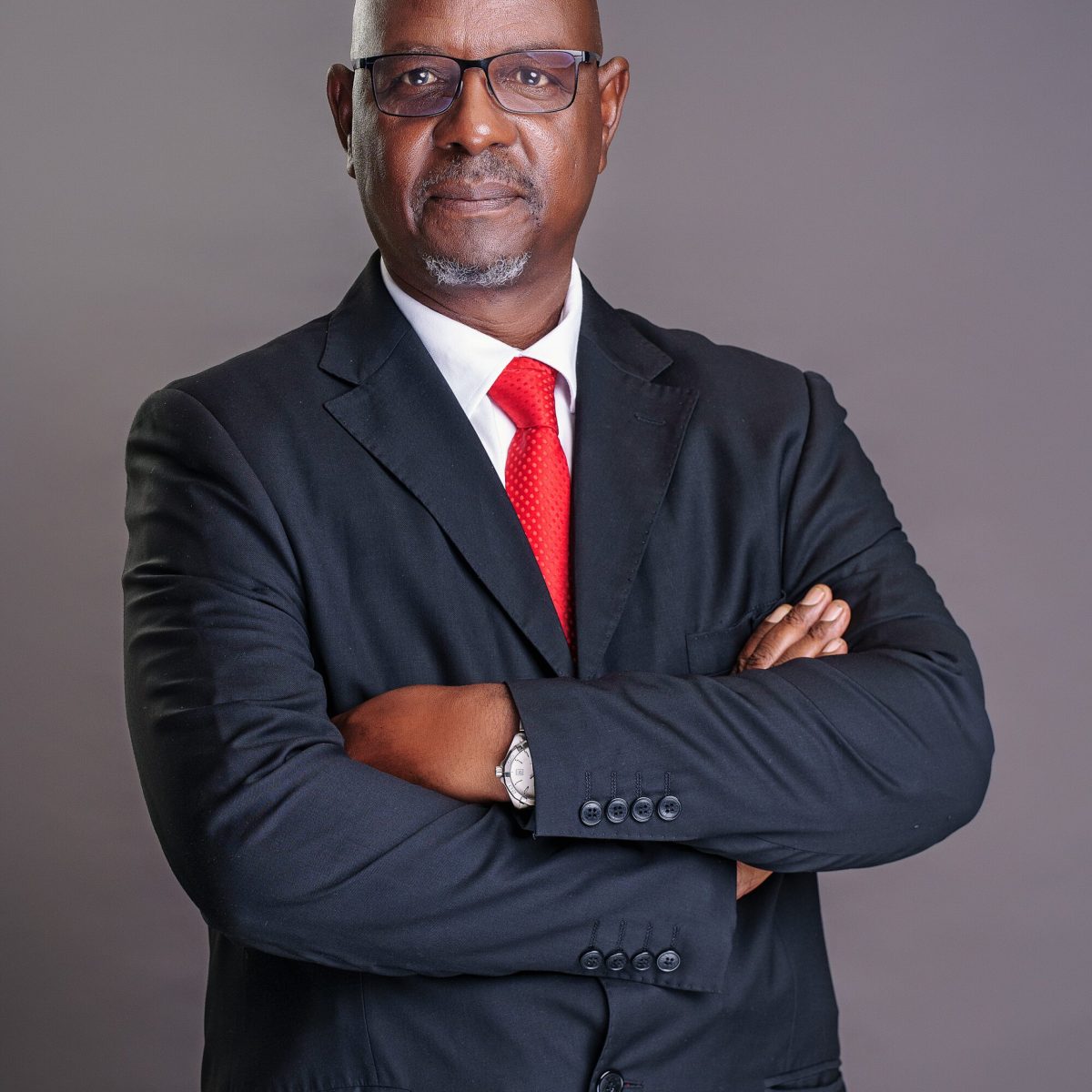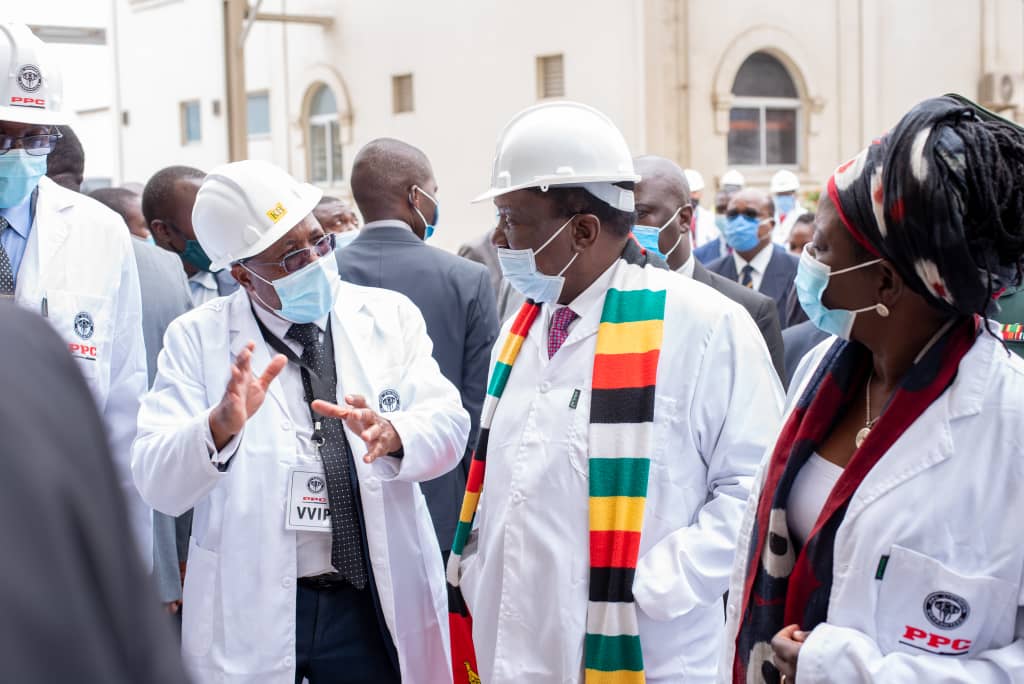
New ways must be found for creating a
built environment that empowers ordinary people and contributes to growth and
job creation, said Njombo Lekula MD, PPC RSA Cement and Materials. The answer
is a transformative partnership between government, the private sector and the
community, he argued.
Lekula was addressing a plenary session
at the African Construction and Totally Concrete Expos on Wednesday 12 June
2019 at Gallagher Convention Centre.
“South Africa has a housing backlog of
around 2.3 million houses, and it’s growing at a rate of 178 000 a year.
The same picture is repeated in countries across the continent. Clearly,
neither the public nor the private sector on their own have a handle on this
problem – we need a new approach,” he said. “If government and the private
sector collaborate and bring in the community, we can build the houses we need
while also creating much-needed jobs.”
The first principle of his plan is that
quality cannot be compromised. The basic infrastructure of the house has to be
solid as it cannot later be replaced. Cement makes up only around 8% of the
materials used in the typical RDP house, but it is essential to building a
structure that lasts.
“The bulk of a house – all the fittings
and finishings – can be replaced, but if the basic structure is unsound, you
haven’t given the recipient the security of a lasting, fixed asset,” he said.
“It’s vital that we commit to using only the highest quality cement if we are
to achieve our goal of providing solid houses for our people. That means
avoiding the lure of inferior blended and imported products, even though they
might be cheaper.”
A second principle is to be open to
using alternative building materials and technologies (ABT/ ABM). For example,
Envirocrete panels can reduce the cost of a 40 m2 RDP house by
16%, as compared with traditional construction methods. The panels themselves have
excellent structural stability, durability, energy efficiency and can be
erected quickly.
“A commitment to quality where it
matters and openness to innovation are important elements of the proposed
solution, but the real magic comes when you create a partnership between the
public and private sectors and the community itself,” he argued. “By making the
responsibility for delivering houses a collective effort, we harness the hunger
for work that is at boiling point.”
His vision is to employ housing recipients
to undertake some of the construction work themselves, primarily by teaching
them how to make the bricks that will be used to build their homes. Once the
house was completed, the individual could be employed to use the acquired
skills to make the pavers for the road infrastructure that the new houses will
require. Going forward, entrepreneurial individuals could leverage their new
skills to create micro-enterprises serving the township.
“Once people have decent houses, they
begin investing in their property – why not keep that money within the local
community?” he said. “If we think laterally and work effectively together, we
can create the kind of built environment that is the foundation of a prosperous
and, above all, inclusive economy and society.”
More information from ww.ppc.co.za
More news
- PART 2: CONCRETE IN THE DESIGN OF A UNIQUE LUXURY HOME IN GEORGE, SOUTH AFRICA
- PART 1: CONCRETE IN THE DESIGN OF A UNIQUE LUXURY HOME IN GEORGE, SOUTH AFRICA
- MVULE GARDENS, AFRICA’S LARGEST 3D-PRINTED AFFORDABLE HOUSING PROJECT
- PART 3: HARNESSING THE POTENTIAL OF HIGH SULPHUR FLY ASH IN CONCRETE PRODUCTION
- PART 2: HARNESSING THE POTENTIAL OF HIGH SULPHUR FLY ASH IN CONCRETE PRODUCTION




